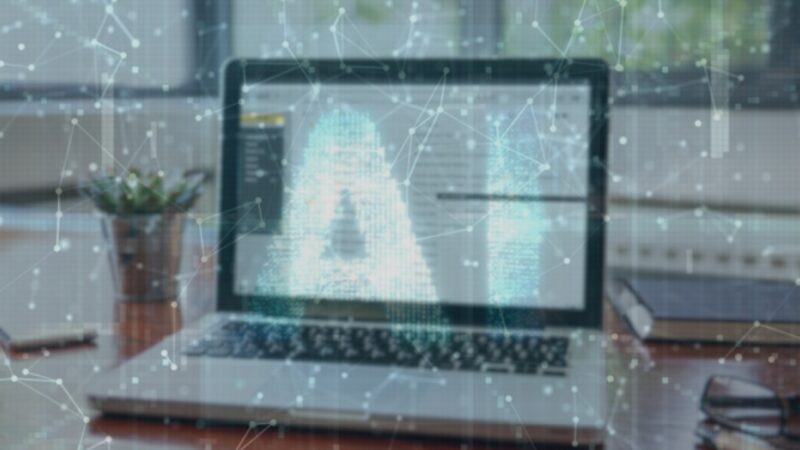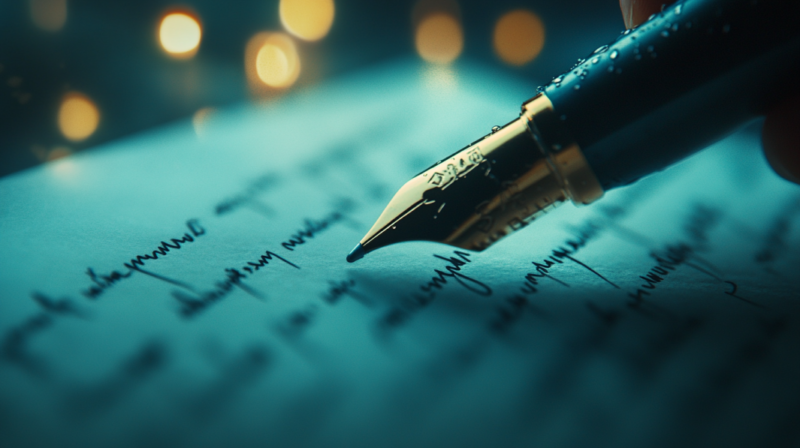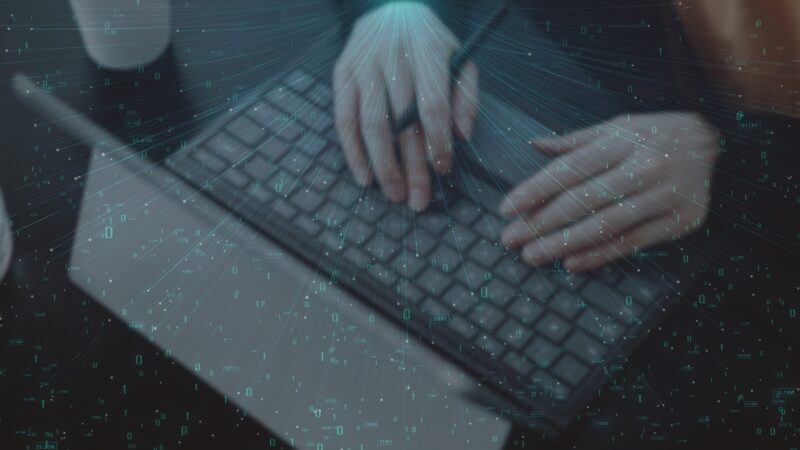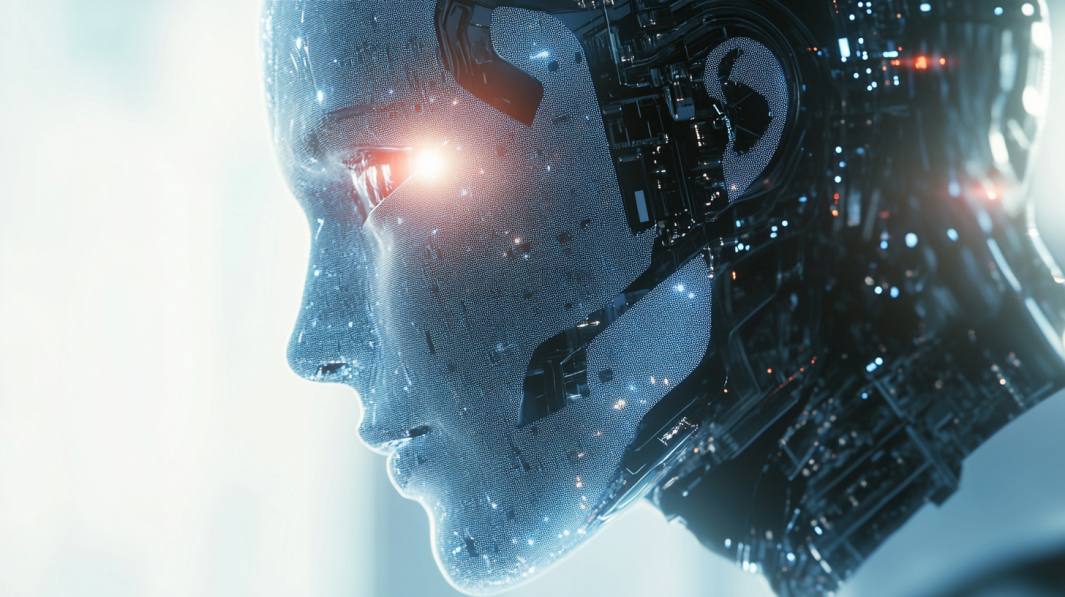In the world of digital communication, AI-generated text is becoming more common. As artificial intelligence tools grow more sophisticated, distinguishing between human-written and AI-generated text has become increasingly challenging.
The question now arises: Is detecting artificially generated text similar to a game of cat and mouse? Let’s explore this dynamic.
The Challenge of Detection

Detecting AI-generated text isn’t easy. Artificial intelligence models have become very good at mimicking human writing styles. They can produce text that appears natural, coherent, and sometimes even indistinguishable from that written by a person. This poses a significant challenge for those trying to identify AI-generated text.
A variety of tools have been developed to address this issue. For instance, Zero GPT offers a way to analyze text and determine its origin. With advancements in artificial intelligence, it is crucial to have tools like this to maintain the integrity of human communication. It’s not just about identifying whether a text is human-made or machine-generated; it’s about ensuring that communication remains transparent and authentic.
The complexity of this task grows as artificial intelligence models continue to improve. With each new generation of AI, the text they produce becomes more refined and harder to distinguish from human writing. This constant evolution creates a situation where tools for detection must constantly adapt and improve to stay effective.
How AI Mimics Human Writing

Human writing has unique characteristics, such as varied sentence structures, use of idioms, and subtle tones. AI models can replicate these features, making detection even more challenging.
This challenge becomes particularly relevant in resume writing, where personalized experiences and individual achievements are crucial.
While artificial intelligence is adept at mimicking human writing, it often lacks the depth of human thought and emotion. This is one key difference that, if identified, can help in detecting AI-generated content.
AI-generated text often lacks the unpredictable creativity found in human writing. Human writers sometimes take unexpected turns in their writing, adding unique touches that AI might miss. This is because artificial intelligence relies on patterns and probabilities, while humans can draw from personal experiences, emotions, and thoughts that are not purely logical.
Tools and Techniques for Detection
Several techniques and tools can help identify AI-generated text:
- Consistency in Writing Style: AI-generated text often exhibits a level of consistency that lacks the natural variation found in human writing. This can be a sign that the content was created by an AI.
- Language Use Analysis: AI might overuse certain phrases or adhere to a strict pattern in its language use. This rigidity can serve as an indicator of artificially generated text.
- AI Detectors: These tools are specifically designed to detect the subtle markers of AI-generated content. By analyzing various aspects of the text, they can provide insights into whether it was written by an AI. However, they are not perfect and must continue to evolve alongside advancements in AI.
- Originality Check: AI-generated text may lack originality, often appearing too generic or similar to other sources. This contrasts with human writing, which typically reflects a unique perspective and creativity.
It’s an Ongoing Battle

As AI becomes more advanced, detection tools must become more sophisticated. It’s a continuous process of improvement on both sides. AI developers work on making their models better at producing human-like text, while those who create detection tools work on improving their methods for identifying artificially generated content.
This battle is like a game of cat and mouse, with each side trying to outsmart the other. When a new AI model comes out, it often takes time for detection tools to catch up. During this period, AI-generated content might go undetected, posing challenges for those who rely on the authenticity of communication.
It’s a constant cycle of advancement and adaptation. Both sides push the boundaries of what is possible, leading to ever more refined tools and techniques.
Why Ethical AI Use Is a Must
While AI-generated content can be useful in many situations, it’s important to use it ethically. Using AI to generate text can result in problems like misinformation, plagiarism, and a loss of trust in communication. Identifying AI-generated content is essential for preserving the integrity of information and communication.
Transparency in AI Use
Ethical AI use involves being open about the origin of content. If text is AI-generated, it should be clearly disclosed to maintain trust and provide context for the reader.
AI should not be used to deceive or manipulate. It should enhance and assist human capabilities, not replace or undermine them.
What Could We Expect In the Future?

The future of detecting artificially generated content will likely involve more advanced tools and techniques. As AI continues to evolve, so too will the methods for detecting its output. The goal is to develop detection methods that are as sophisticated as the AI models they are meant to identify.
One possible future development could involve AI being used to detect AI-generated text. This would create a scenario where AI is both the creator and the detector, adding another layer to the cat-and-mouse dynamic. However, this would also require careful oversight to ensure that AI remains a tool for good, rather than becoming a means of deception.
As we move forward, the key will be to find a balance between embracing AI’s potential and ensuring that it is used responsibly. Detecting artificially generated content is just one part of this broader challenge. It’s about ensuring that technology enhances human communication rather than diminishes it.
In Summary
Detecting artificially generated content is indeed like playing a game of cat and mouse. As AI becomes more advanced, so do the tools and techniques for detecting its output. This ongoing battle is crucial for maintaining the integrity of communication. By staying vigilant and using detector tools, we can ensure that artificial intelligence is used ethically and responsibly.
The key takeaway is that while AI-generated content presents new challenges, it also offers opportunities for growth and innovation. By staying informed and using the right tools, we can navigate this complex landscape and maintain the integrity of human communication.

